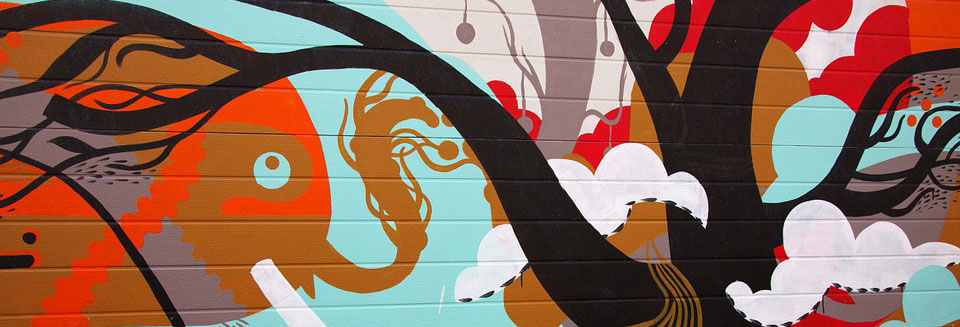National Investment in Creativity
How do we best invest resources to make culture vibrant and accessible? To complement market forces, public policies encourage creativity, provide opportunities for access, and support arts, humanities, and cultural heritage.
In the United States, our national investment in culture takes two basic forms: direct subsidy programs and incentives, primarily through tax credits and exemptions.
At the federal, state and local levels, governments all support direct grant and subsidy programs for nonprofit arts, cultural heritage and humanities. appropriate funds for arts and culture. Additionally, tax policies not only establish the exemptions for nonprofit organizations, and they have also been designed to encourage investment and charitable contributions from individuals, foundations and businesses.
This unique system of subsidy and tax policies differentiates U.S. cultural policies from more centrally-managed federal programs, and finding appropriate measures to encourage cultural development remains a persistent concern for policy makers.
The Center for Arts and Culture explores the policy implications of the intersecting vectors within the public sector and in relationship to private support through philanthropy and tax exemptions. We also follow new funding strategies for the 21st century.

